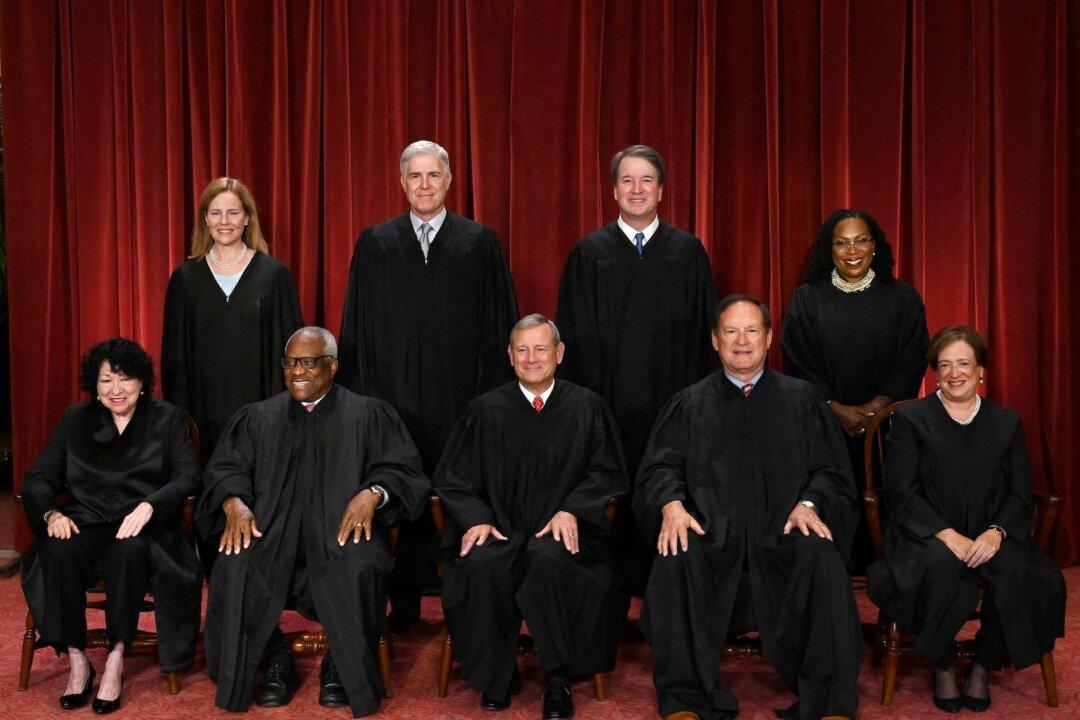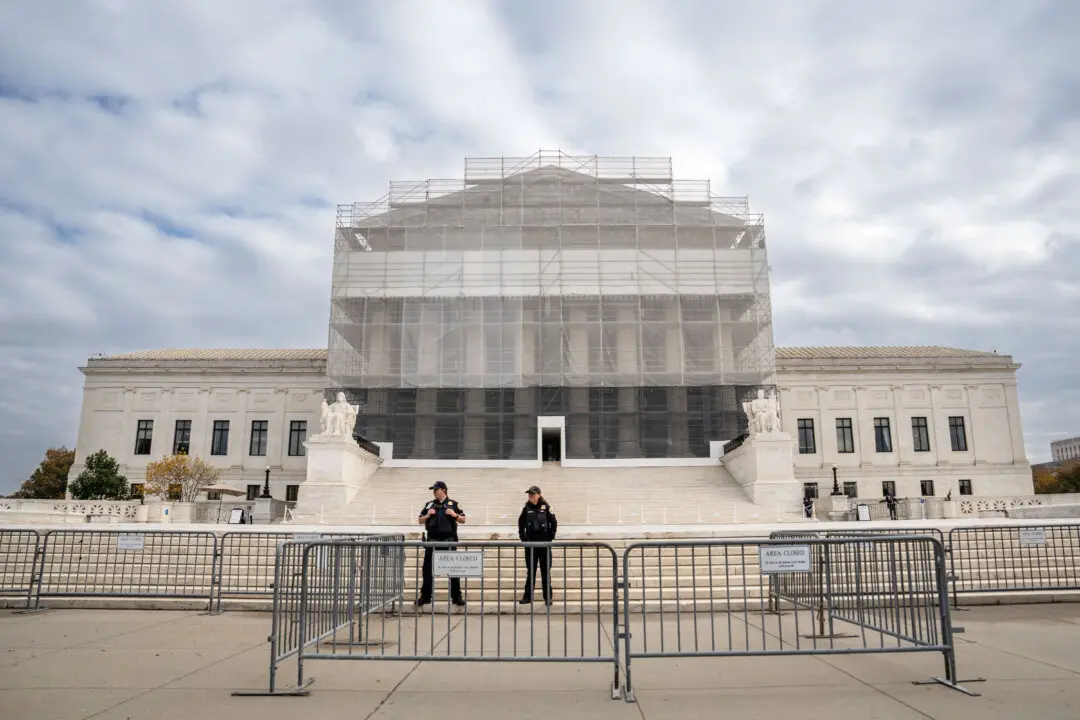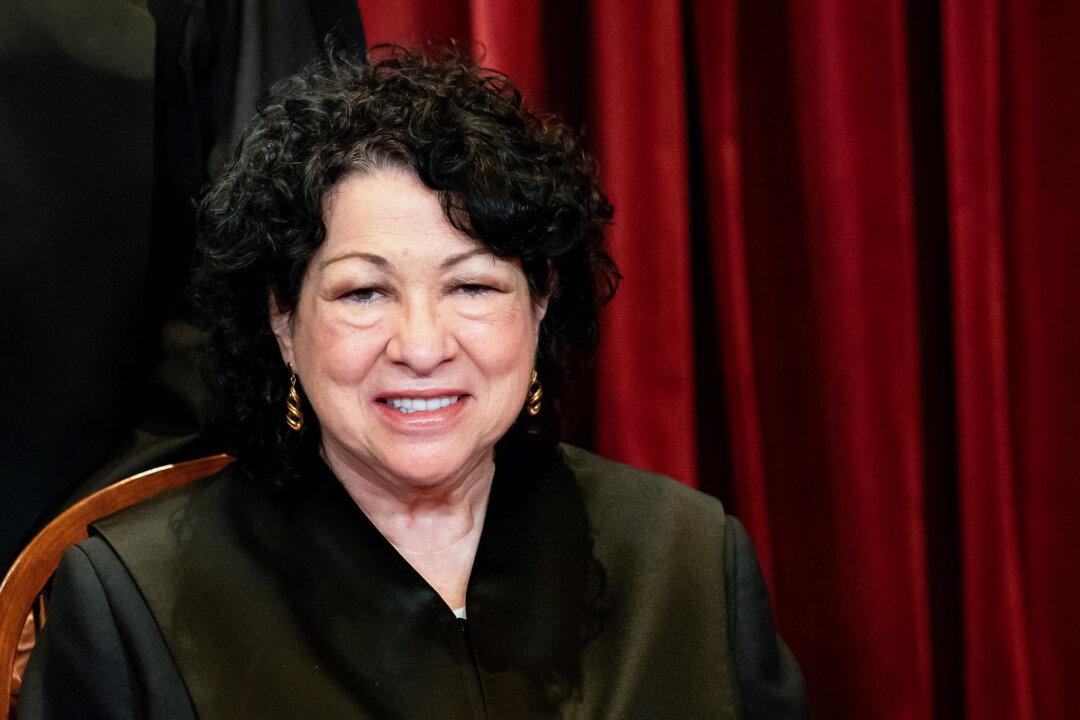The Supreme Court may be ideologically conservative at the moment but contrary to what critics claim, it does not do the bidding of the Republican Party, panelists heard July 13 during a discussion between legal experts and legal journalists at the Heritage Foundation, a conservative think tank in the nation’s capital.
The discussion came after a report earlier this week claimed liberal Justice Sonia Sotomayor’s staffers pressured colleges to purchase her books that helped her earn millions of dollars since she was appointed to the court in 2009 by then-President Barack Obama. In an unusual move, the Supreme Court, which rarely comments on the justices’ behavior, issued a statement defending Ms. Sotomayor and her staff.





